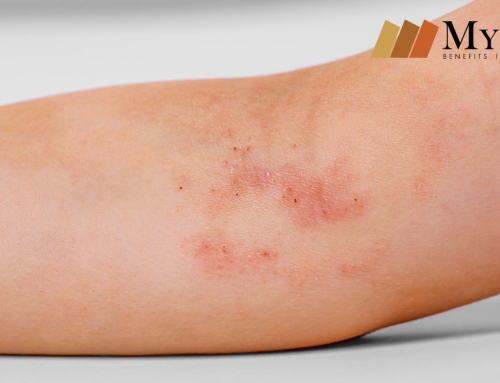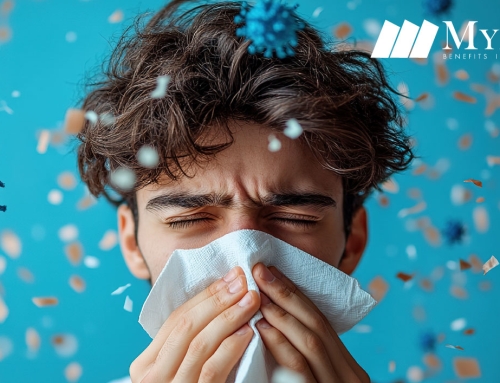Sunlight reflects on snow, sand, and water, increasing exposure to radiation from ultraviolet rays. Take sun protection seriously and reduce the risk of cancer, premature skin aging, and damage to your eyes. Following are a few tips to help reduce the impact of ultraviolet rays on your body.
Solar protection characteristics:
- Broad-spectrum sunscreens with Sun Protection Factor (SPF) of 15 or higher that protects against UVA and UVB rays.
- Waterproof that stays on the skin longer, even if it gets wet.
Time under the sun
It is important that you limit sun exposure between 10:00 AM and 2:00 PM, when the sun’s rays are strongest. On cloudy days up to 80% of the sun’s rays can pass through the clouds. Stay in the shade during most of the day.
Adequate clothing
If you plan to stay outdoors on a sunny day, cover most of your body. Use a broad-brimmed hat, long sleeves and pants. Consider using an umbrella that shields you from the sun.
Apply sunscreen
- Cover all exposed skin, especially lips, nose, ears, neck, hands and feet.
- Apply it 15 minutes before being exposed to the sun.
- If you do not have a lot of hair, apply sunscreen to your head or wear a hat.
- Remember to apply sunscreen every two hours.
- Apply sunscreen to children under 6 months every time they go out in the sun.
Protect your eyes
- Glasses or sunglasses with UV ray protection can help protect your eyes against damage caused by the sun.
- Ideal glasses or sunglasses aren’t necessarily expensive. They must block 99% to 100% of UVA and UVB rays. The darker and more expensive sunglasses aren’t necessarily the best.
- People who use contact lenses that offer UV ray protection should use sunglasses anyway.
- Children should use real sunglasses (not toy sunglasses) that indicate that they contain UV ray protection.
Reference:http://www.fda.gov/ForConsumers/ConsumerUpdates U.S. Food and Drug Administration












